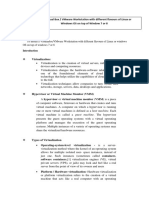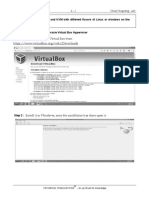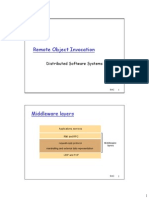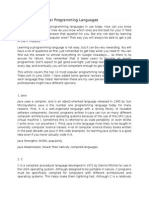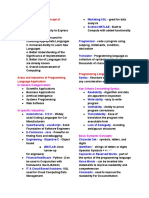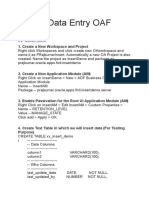0% found this document useful (0 votes)
11 views32 pagesCloud Computing and Web Services Practical Journal
The document outlines a series of practical exercises focused on web services and application development using various technologies. It includes creating a currency conversion service, a SOAP service for basic arithmetic operations, a Spring Boot web application, and utilizing Google Maps REST services. Additionally, it covers the installation and configuration of KVM virtualization and developing a file upload/download application using MTOM techniques.
Uploaded by
pandeydimple422Copyright
© © All Rights Reserved
We take content rights seriously. If you suspect this is your content, claim it here.
Available Formats
Download as PDF, TXT or read online on Scribd
0% found this document useful (0 votes)
11 views32 pagesCloud Computing and Web Services Practical Journal
The document outlines a series of practical exercises focused on web services and application development using various technologies. It includes creating a currency conversion service, a SOAP service for basic arithmetic operations, a Spring Boot web application, and utilizing Google Maps REST services. Additionally, it covers the installation and configuration of KVM virtualization and developing a file upload/download application using MTOM techniques.
Uploaded by
pandeydimple422Copyright
© © All Rights Reserved
We take content rights seriously. If you suspect this is your content, claim it here.
Available Formats
Download as PDF, TXT or read online on Scribd
/ 32











